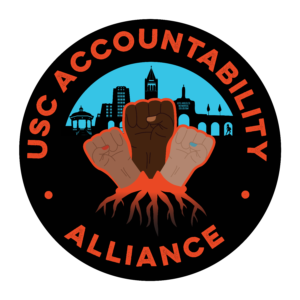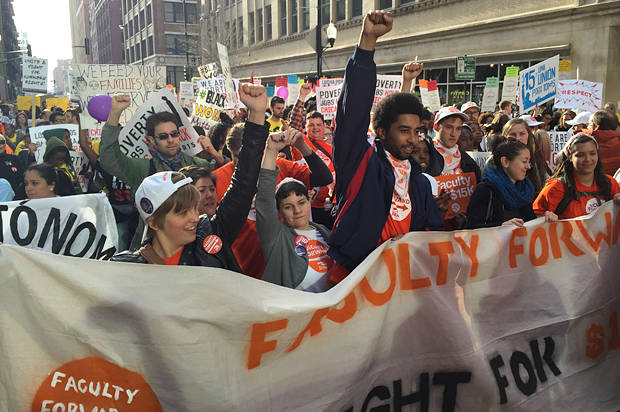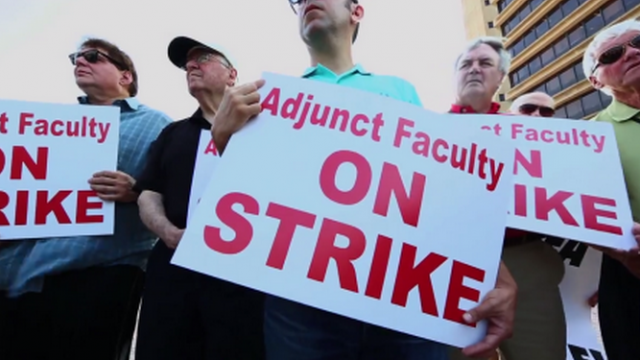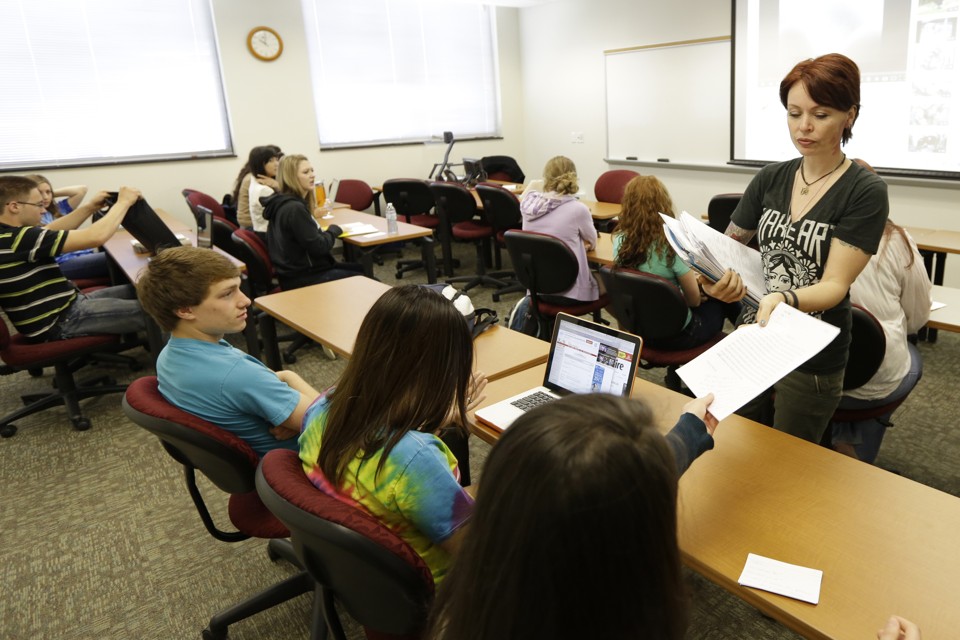A Multigenerational Hit: Student Debt Traps Parents and Kids
From the AP’s Josh Boak, more on rising student debt loads and the long term effects on families:
“America’s crushing surge of student debt, now at $1.2 trillion, has bred a disturbing new phenomenon: School loans that span multiple generations within families. Weighed down by their own loans, many parents lack the means to fund their children’s educations without sinking even deeper into debt.”
USC is no exception. The average borrower is now looking at $28,474 in undergraduate student debt upon graduation.1
Among all universities in the country, USC is ranked 5th in graduate student loan debt. That’s $460 million of debt to USC graduate students in 2013-2014.2









